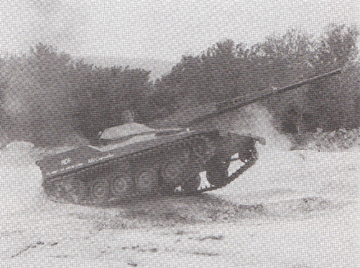ARES RDF / LT (Rapid Deployment Force Light Tank)
English Translation
Le développement du Rapid Deployment Force Light Tank (RDF / LT) a été au début une étude concue sur fond propres par AAI Corporation, qui avait déjà construit un prototype d’'essai pour un High Survivability Test Vehicle (Lightweight) sous contrat avc l’US Army Tank-Automotive Command.
Le prototype a été dévoilé pour la première fois en Octobre 1980. Il est airotransportable par Lockheed C-5B qui peut emporter huit RDF / LT par C-141 qui peut transporter deux, par C-130 qui en transport un
Les Hélicoptères CH-53E de l'US Navy et l'USMC peuvent en transporter un sous élinguesous le fuselage. de meme que le hélicoptère CH-47D de l'US Army.
En Juin 1992, l'US Army sélectionne les FMC Close Combat pour répondre à ses Armored Gun System afin d'en doter les AAI Rapid Deployment Force Le Light Tank qui devaient entrer en service dans l'armée américaine
Description
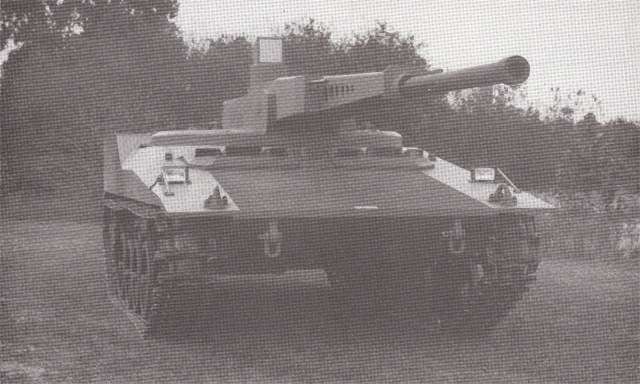 |
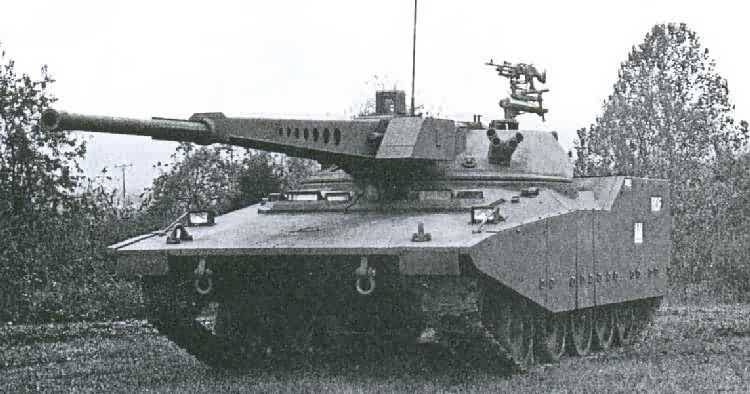 |
Ce véhicule est des plus classiques avec un châssis et une tourelle Le conducteur dans le châssis et le chef de char et le tireur en tourelle
A l 'origine le RDF / LT avait deux membres d'équipage placés dans le châssis avec double commandes afin que chaque membre soit à même de conduire ou d'utiliser les systèmes d'armes. Le véhicule utilisé un système de visée "Hunter / Killer".
Le nombre de membres d’équipage fut par la suite porté à 3 avec dans l’"Universal turett" un poste de commandant.
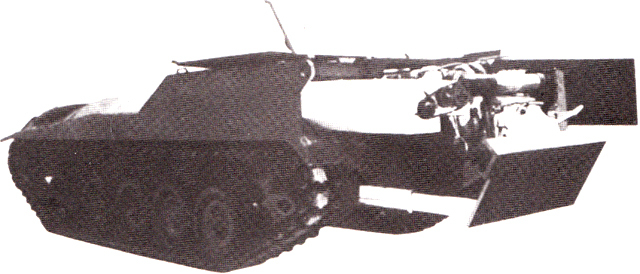 |
La coque du RDF / LT est en blindage aluminium soudé avec le pilote assis à l'avant de la coque à gauche et le commandant / tireur à sa droite.
Les deux membres d'équipage ont un panneau d’une seule pièce, qui s'ouvre vers l'extérieur équipé de trois périscopes.
Entre le pilote et commandant / tireur, dans la partie supérieure du glacis avant , est monté le système de visée L'armement principal est constitué d'un canon de 75 mm ARES monté au centre de la coque à l’arrière de l'équipage. L'armement principal est entièrement stabilisé et le système de mise à feu est contrôler par un ordinateur numérique. Le système de mise à feu est identique au HSTV (L). Lorsque le commandant, trouve une cible celle-ci est acquise par le canon principal il peut alors engager une autre cible
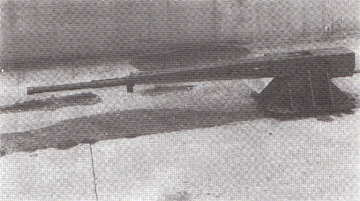 |
Le canon de 75 mm ARES est alimenté automatiquement par un chargeur de 60 coups
( APFSDS et polyvalent ) qui peuvent aussi être utilisés pour le tir indirect a une portée maximale de 12000 m.
Le projectile de75 mm APFSDS T est désigné XM885 et à la même capacité de pénétration de blindage que le105 mm APFSDS M774.
La série A est désigné le XM884.
Pour le cote droit de l'armement principal, se trouve une MG coaxiale de 7,62 mm mitrailleuse.
Le moteur et la transmission sont montés à l'arrière de la coque et le power pack peut être sortie rapidement sur des rails afin de faciliter l'entretien
La suspension à barre de torsion est constitué de cinq double galets avec un barbotin à l'arrière, la roue tendeur à l'avant
Le blindage supplémentaire en acier peut être monté sur le RDF / LT pour une protection accrue.
Variantes
En 1982, l'AAI a annoncé une nouvelle version de ce véhicule équipé avec une nouveau tourelle à ,une place toujours armé de l'ARES canon automatique de 75 mm. Elle a une seule trappe à l'arrière, six périscopes pour une observation de tous les cotés et possède une système de stabilisation pour la visée et le tir.
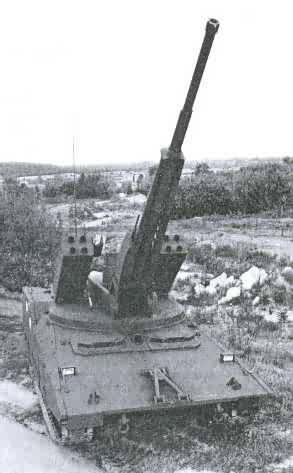 |
| CAT LCV |
La première version est le CAT / LCV, pour la défense aérienne. Ainsi au canon 75mm ARES peuvent être ajouter différents systèmes de contrôle de tir, et aussi huit missiles sol-air Stinger ou six Bofors RBS70 sur le côté de la tourelle.
si cette tourelle est remarquable par son profil bas il faut noter aussi que le canon de l’ARES à une élévation en site impressionnante Celle est utile pour la défense aérienne mais il permet aussi à ce canon de 75 mm de tirer en tir indirect à 12000m.
Le CAT / LCV est un véhicule, qui accomplir diverses mission les tâches de défense aérienne, anti-char et d'appui feu, ce qui en aurait fait un bon système de forces dont les crédits sont limités.
Export version
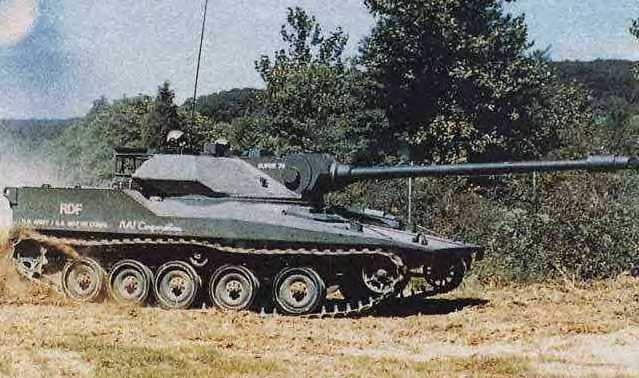 |
Cette variante 'exportation utilisant un canon de 76 mm pouvant utiliser les mêmes munitions que les M41 Walker Bulldog a été prévue Le 76mm APFSDS développés pour cette série à la même puissance qu’un 105mm HEAT à 1500m, et seulement légèrement moins efficace que le 105mm M753 APFSDS .
Caractéristique (RDF / LT avec trois hommes d'équipage )
Equipage 3
Poids (combat) 13 426 kg (vide) 12 247 kg
Longueur / arme / 8.235 m / 5.569 m
Largeur 2,54 m
Hauteur 2,286 m
Moteur General Motors 6v53t, turbo-, 6-cylindres diesel développant 350 ch
Vitesse 64 km / h
Carburant 378 litres
Autonomie 500 km
Gué 1 m
Armement
1 × 75 mm ARES automatique munitions 60
Coaxiale 1 × 7,62 mm munitions 2600
Canon +40 ° / -15 °
RDF/LT (Rapid Deployment Force Light Tank) ARES
The development of the Rapid Deployment Force Light Tank (RDF/LT) has been designed as a private venture by AAI Corporation which has already built the prototype of the High Survivability Test Vehicle (Lightweight) under contract to the United States Army Tank-Automotive Command.
The prototype was show for the first time in October 1980.
The vehicle is airportable:
Lockheed C-5B transport aircraft can carry eight RDF/LT
C-141 could carry two,
C-130 one
CH-53E helicopter of the US Navy and USM C can carry one slung under its fuselage. The CH-47D helicopter of the US Army can carry one slung under its fuselage.
In June 1992 the US Army selected the FMC Close Combat Vehicle Light to meet its Armored Gun System requirement and it is now unlikely that the AAI Rapid Deployment Force Light Tank will enter service with the US Army in the future.
Description
This vehicle had a more conventional layout of driver in the hull and gunner and commander in the turret The original RDF/LT had a two-man crew positioned in the hull with dual controls so either capable of driving or operating the weapon systems. The vehicle used a "Hunter/Killer" targeting system.
.jpg) |
The later prototypes increased the crew to three and added a "Universal turret" with a position for a Commander.
The hull of the RDF/LT is made of all-welded aluminum armour with the driver sitting at the front of the hull on the left and the commander/gunner to his right.
Both crew members have a single piece hatch cover that opens outwards and has three integrated periscopes.
Between the driver and commander/gunner, in the upper part of the glacis plate, is the hull-mounted auxiliary sight. The main armament consists of a 75 mm ARES cannon mounted in the centre of the hull behind the crew. The main armament is fully stabilised and the fire control system includes a digital computer. The fire control system is similar to that of the HSTV(L). . When the commander founds a target it was acquired by the gun sight and the primary sight freed to look for other targets or threats
The 75 mm ARES cannon is fed from an automatic magazine holding 60 rounds of APFSDS and multi-purpose ammunition and when used for indirect fire has a maximum range of 12000 m.
.jpg) |
The 75 mm APFSDS-T round is designated the XM885 and has armour penetration characteristics equivalent to the 105 mm APFSDS M774.
The HE round is designated the XM884.
To the right of the main armament there is a coaxial 7.62 mm machine gun. Mounted above and behind the main armament is the stabilised rotary head which is the primary sight.
The engine and transmission are mounted at the rear of the hull and the complete powerpack is on extensible rails to facilitate maintenance in the field.
The torsion bar suspension consists of five dual rubber-tyred road wheels with a drive sprocket at the rear, idler at the front and one return roller.
Applique steel armour can be fitted to the RDF/LT for increased protection.
Variants
In 1982 AAI announced a new version of this vehicle fitted with a new one-man turret also armed with the ARES 75 mm automatic cannon. This has a single-piece hatch cover opening to the rear, six periscopes for all round observation and forward and to the right of the hatch is a stabilised sight for target acquisition/firing.
.jpg) |
| CAT LCV |
The first was the CAT/LCV which had improved air defence capability. As well as the 75mm ARES gun and different fire control system it could also mount eight Stinger or six Bofors RBS70 surface to air missiles in pods on the side of the turret.
Apart from the missile pods this externally resembles the two-man version of the RDF/LT. A proximity fuse HE shell is used for anti-aircraft fire. An impressive feature of the AAI/ARES turret is not only its low profile, but that the main armament is capable of a very high elevation. Not only is this useful for the air-defence role, it also gives the 75mm gun an indirect fire range of 12,000m.
The CAT/LCV or a vehicle like it can handle the tasks of air defence, anti-tank and support fire, making it a useful system for forces whose assets are limited.
Export version
.jpg) |
. This export variant used a long barreled 76mm gun that could use the same ammo as the weapon of the M41 Walker Bulldog tank. The 76mm APFSDS round developed for this is claimed to be as effective as a 105mm HEAT round at 1500m, and only slightly less effective than the 105mm M753 APFSDS at the same range.
Technical Data (with three man crew and turret mentioned above)
Crew 3
Weight (combat) 13 426 kg (unloaded) 12 247 kg
Length / gun/Hull 8.235 m/ 5.569 m
Width 2.54 m
Height (top of sight) 2.286 m
Engine general motors 6v53t, turbo-charged, 6-cylinder diesel developing 350 hp
Speed 64 km/h
Fuel capacity 378 litres
Range 500 km
Fording 1 m
Armament
Main 1 × 75 mm ARES automatic gun ammunition 60
Coaxial 1 × 7.62 mm mg ammunition 2600
Gun elevation/ depression +40°/-15°






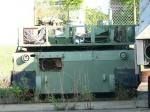
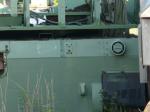
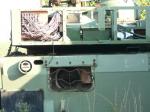
.jpg)

.jpg)


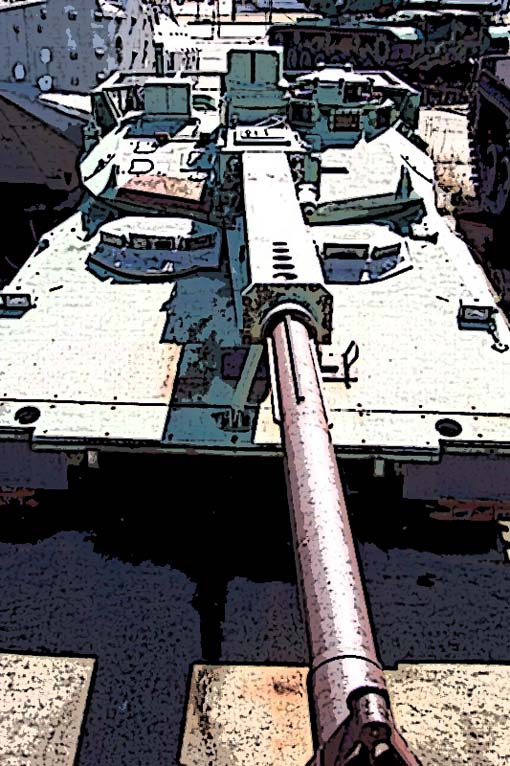
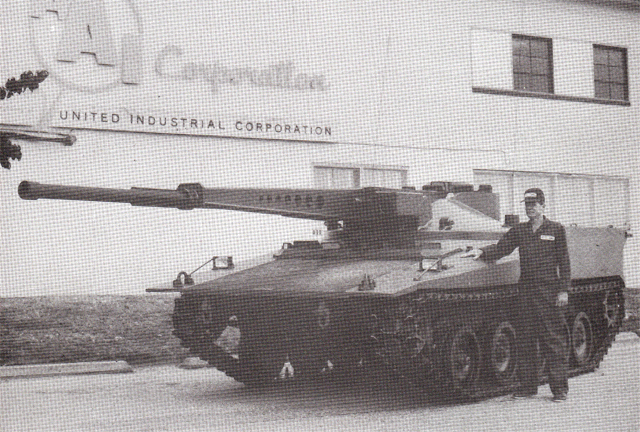






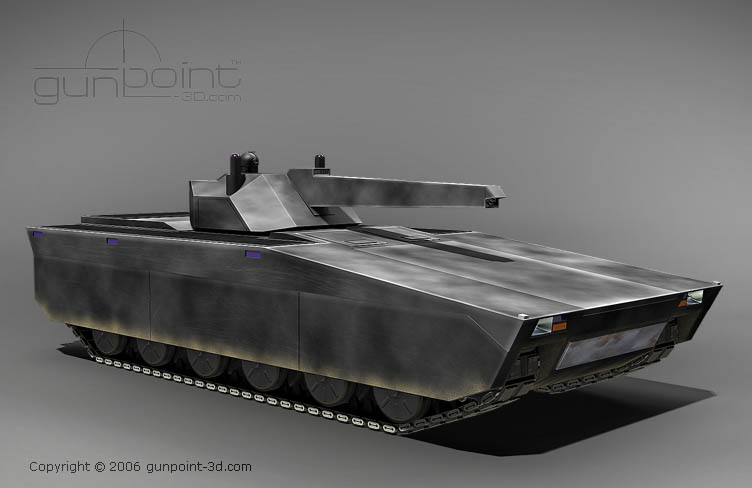
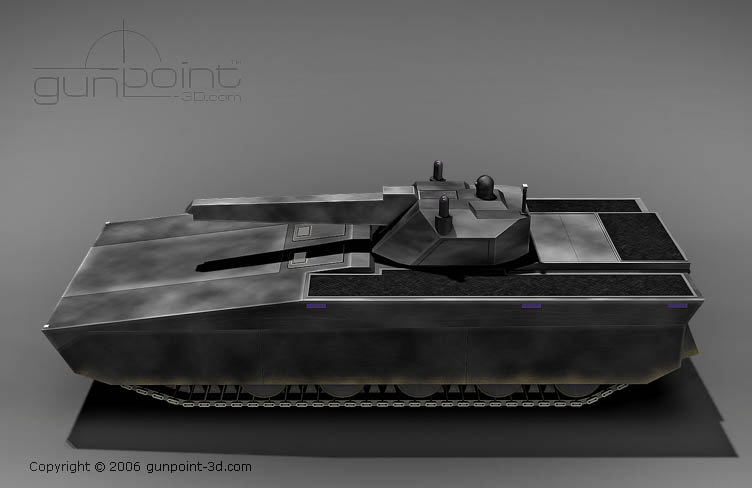
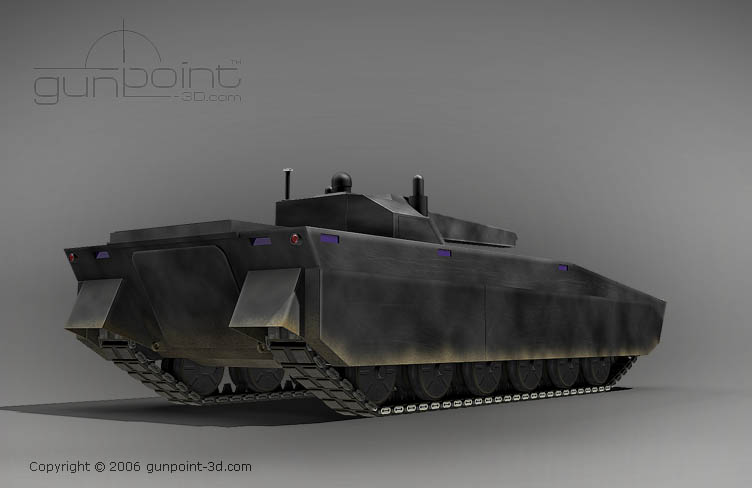
.jpg)
.jpg)
.jpg)
.jpg)
.jpg)
.jpg)
.jpg)
.jpg)
